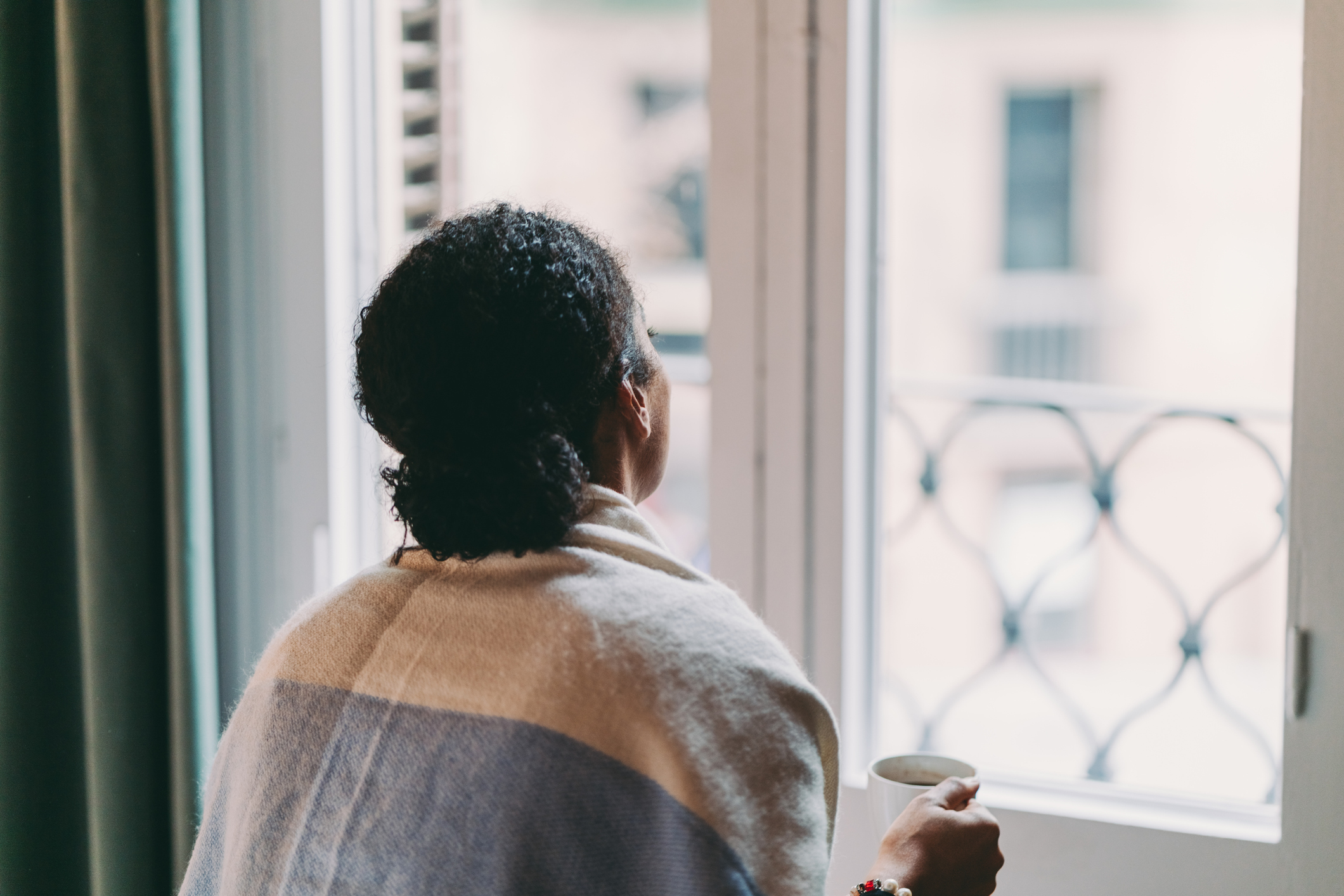Our exclusive about how the Met Police disproportionately focus their press releases on Black faces is at heart a story about who gets to decide what a criminal looks like.
Lots of us probably take our cue from the news: the appeals, the CCTV and the custody photos we see in the papers, on TV and even on social media when people are convicted of crime.
But where does that news come from?
We are told at journalism college that it is central to our criminal justice system that justice is not only served but also seen. The idea is that people will obey the law if they can see that those who do not obey the law are held to account – and that those who are wrongly accused are acquitted. That’s why we have newspapers to report on court cases. It is called the principle of open justice and every journalism student is taught about it.
I think journalism teachers have this upside-down.
For so many people, the justice system is not a benevolent force. It exists to protect unequal wealth and it has a bloody record of racist violence, whether that means the disproportionate locking up of young Black men or their actual brutalisation and murder, such as the killing of George Floyd and so many others at the hands of police officers.
No, journalism shouldn’t be a tool to make people fear the law, to show the public that justice is done when crime is committed. It’s the other way around: it should be the justice system itself in the dock of our newspapers. We should exist to keep checks on the courts and police, not to help them keep checks on us.
And yet years of brutal cuts at newsrooms across the country, both national and (especially) local, have created a situation where that fourth estate is more compromised than ever.
Editors no longer have the resources to send reporters to court on a regular basis. Instead they – we – are left reliant upon the convenient write-ups of court proceedings, convictions and sentencings that we are handed freely by the police themselves.
Court reports, of a sort, are published every day by the Met Police. They make easy copy. They are thorough, they come with legal protection for journalists who use them, and they even come with pictures.
But who chooses which stories to publicise and which ones to leave out? And in turn who gets to tell us what a criminal looks like?
The answer is the organisation with a record of spying on anti-racist activists, infiltrating environmental groups and killing Black people. These are the ones who keep us informed about the activities of the justice system.
Individual police officers may or may not have particular biases. But acting as an organisation, where enough people are involved, certain behaviours are increasingly likely, even certain, to emerge. In the case of the criminal justice system, one of these is racial profiling. We see it in the disproportionate use of stop and search on young Black men. We see it in the increased likelihood that young trafficked drug dealers will be caught if they are Black – and the decreased likelihood that they will be seen as victims, as we reported in our series on county lines earlier this month.
And we see it in the fact that the Met has no organisational policy to stop it from disproportionately choosing the faces of Black offenders to send to journalists, and the fact that almost inevitably this is what happens. Most of the excuses they gave us for this either hid behind other inequalities in the justice system, or amounted to “we’re not doing it deliberately”.
But they are doing it.
The excellent documentary The 13th explains how the presentation of Black men as criminals dates back to abolition and was used as a tool of oppression – and how racist newspapers were central to spreading this narrative.
Today, however, the system is so well oiled that even newspapers that think of themselves as anti-racist are part of the same process.
The journalism industry is racist precisely because of unquestioned relationships like the one we expose today.
I used to edit a group of local newspapers in north London. The idea for our investigation today came when a reader asked why we printed so many Black faces in connection with crime. Until then I’d not noticed. That is privilege, because I bet all our Black readers had noticed.
It’s yet another an example of why we need more Black people leading our newsrooms – and why the Society of Editors’ claim this week that the UK journalism industry is not bigoted was so ignorant and stupid.
The journalism industry is racist precisely because of unquestioned relationships like the one we expose today. These undermine the vital reporting work that is done in so many areas. They let down the communities that we serve and make our output less trustworthy. For obvious reasons, this isn’t a good state of affairs for anyone.
The onus is on us to change. But in the meantime, next time you see a crime story in a newspaper, ask yourself: where did this story come from? Whose interests does it serve? And what stories am I not being told?
Ramzy Alwakeel is head of news at HuffPost UK. Follow him on Twitter at @journoramzy






